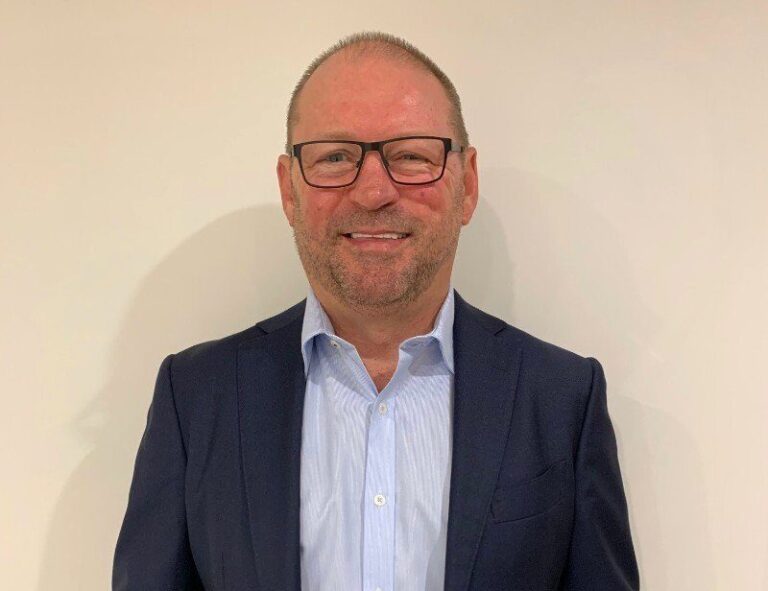
David O’Brien is the General Manager for Health, Safety, Environment and Community (HSEC) for Glencore’s coal business, which has operations in Australia, Colombia, and South Africa. As a part of this role, he has oversight of rehabilitating the coal mines.
Weltwoche: When does Glencore start to rehabilitate a mine?
David O’Brien: Planning the rehabilitation forms an integral part of the overarching plans for new mine projects from the beginning. As a part of this planning, we design what the mine’s going to look like at the end of mining and how it will be progressively rehabilitated. Typically, we consult with the government and communities as a part of this process. We start the rehabilitation as soon as possible and set targets for each year. Ideally, the mining operations and the rehabilitation activities will operate in parallel.
Weltwoche: What does rehabilitation look like from a technical perspective?
O’Brien: Our work is divided into three key stages: prior to, during and after mining. We start by recording the topographical data, establish processes to minimse the impact on fauna, including endangered species and collect seeds from the plants in the area where possible. While mining is ongoing, the upper layers of the soil (topsoil) are stored so they can be used for the rehabilitation at a later point. Once the land has been shaped to its final landform and the topsoil placed, the seeds or plant seedlings can be planted. This is carried out progressively as mining takes place.
Weltwoche: Some of our operations have set up their own tree nurseries for this, or they work closely with local tree nurseries.
O’Brien: We commonly hang up nesting boxes for birds and use rocks to create places for animals to retreat to. The goal is to create a habitat that’s natural for them, so they recolonise it of their own accord. We then carry out monitoring and maintenance until the rehabilitation is established. All told, a large number of people in different roles are involved in the various stages of the process. The mining teams and rehabilitation experts need to work closely with each other.
Weltwoche: What results are to be expected after a mine’s been rehabilitated?
O’Brien: We develop what we call rehabilitation performance or success criteria. This will vary depending upon the final land use we are trying to achieve. Through our monitoring we measure against this criterion and where required carry out maintenance activities. Sometimes, I believe a piece of land is in a better state after the restoration than it was when we took it over.
Weltwoche: How many mines has Glencore already rehabilitated in Australia?
O’Brien: So far, we’ve almost completed the rehabilitation of four former coal mines in Australia. Mine Closure has been formally approved by the government authority for New Wallsend Colliery, with approval to be sought for the other once they are ready. More will follow over the next few years, including the Newlands, Liddell and Integra coal mines, where mining is planned to cease by the end of 2023.
Weltwoche: Is there recognition for rehabilitated areas of land?
O’Brien: Prizes are awarded, on occasion. Our Cerrejón mine in Columbia, for instance, recently received first place on the BIBO 2022 environmental award. This award is presented by Colombian newspaper “El Espectador” under the technical direction of WWF, in partnership with the European Union and with the support of the company Isagen. The award recognises the team for its work on environmental management and for restoring areas of land to a near-natural state.
Are you interested in this subject? Read our editorial coverage from the latest edition of Weltwoche Grün.
Translation from the German original: Jennifer Caisley.
Ecological Entrepreneurship: Weltwoche Grün is partnering up with selected companies such as Glencore to discover new trends and technologies that are reconciling entrepreneurial activities with ecological aspects.